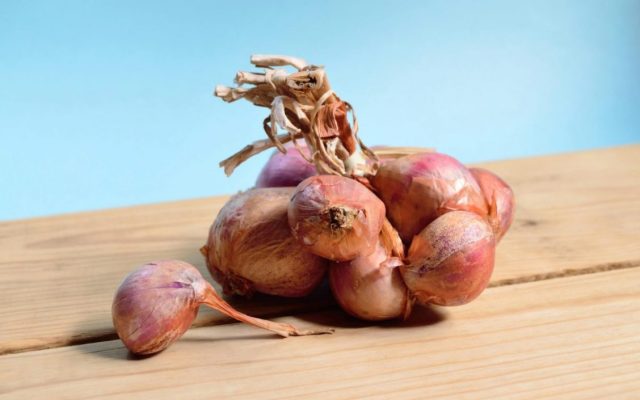High Cost of Onions: Impact on Kenyan Consumers | Factors, Alternatives & Solutions

In recent months, the price of onions has soared to unprecedented levels, leaving consumers in Kenya grappling with the burden of elevated living costs. Despite a surge in supply during the peak harvest season in March, the cost of this essential kitchen staple has continued to rise, sparking concerns and frustrations among the populace.
Understanding the Onion Crisis
According to data from the Kenya National Bureau of Statistics (KNBS) for April, the price of onions experienced the highest increase among food commodities, soaring by 0.3 per cent. This surge comes at a time when other essential items, such as sugar, witnessed a significant drop in prices, exacerbating the impact on consumers' wallets
Factors Contributing to Price Surge
The scarcity of onions in the local market has contributed significantly to the surge in prices, with a kilogram of onions skyrocketing from approximately Sh40 to nearly Sh280 in the short term. This sharp increase has had ripple effects on the cost of living, posing challenges for households already struggling to make ends meet. Compounding the issue is Kenya's heavy reliance on onion imports, as the country produces only a fraction of the onions consumed domestically, leaving it vulnerable to external market forces.
Various factors have contributed to the current onion crisis, including import dependency, climate change-induced disruptions, rising transportation costs, and unexpected market fluctuations. Kenya traditionally imports onions from neighbouring countries like Tanzania, but recent heavy rains in Tanzania have hampered onion production, leading to supply shortages and price hikes in the Kenyan market
Seeking Alternatives
In response to the soaring prices, consumers have begun seeking alternatives to mitigate the financial strain. Many have turned to white onions and leeks, which offer more affordable options compared to the traditional red onions. However, even these alternatives have seen price increases due to the overall shortage in the market.
Impact on Local Farmers
Local farmers, who are now relied upon to bridge the supply gap, have also been adversely affected by recent floods, which have wreaked havoc on onion production. Heavy rains disrupt the optimal growing conditions for onions, leading to pest and disease outbreaks and affecting the overall yield. The floods have not only damaged crops but also depleted soil nutrients, further exacerbating the challenges faced by farmers.
To address the underlying issues and enhance the resilience of the onion value chain, proactive measures are urgently needed. Agronomists at Simlaw Seeds Kenya advocate for the adoption of high-value seeds, such as Gobit F1, which have demonstrated higher yields compared to traditional varieties. By investing in improved seed technology and sustainable farming practices, stakeholders can work towards stabilizing onion prices and ensuring food security for all.
As consumers continue to navigate the challenges posed by the high cost of onions, concerted efforts from both government and private sectors are essential to address the root causes of the crisis and build a more resilient and sustainable food system for the future
[Source: People Daily, by Vanessa Sandra]











